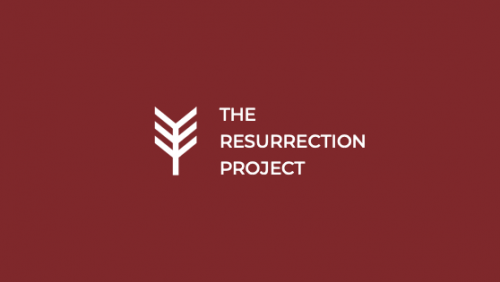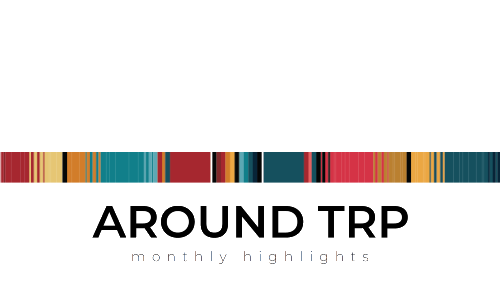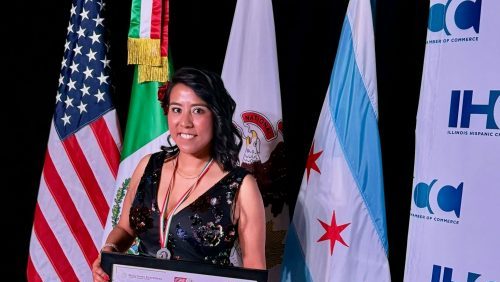Find Your New Home: Apartments Available for Lease. Click Here!
Orozco students engage with their community through photojournalism
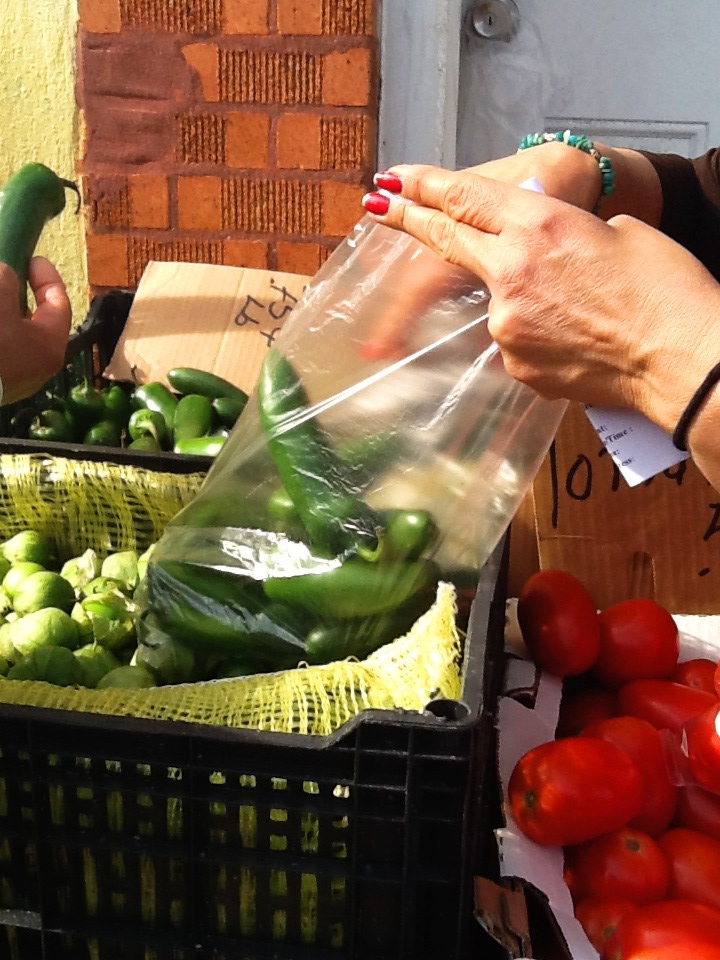
by Isabelle Baraney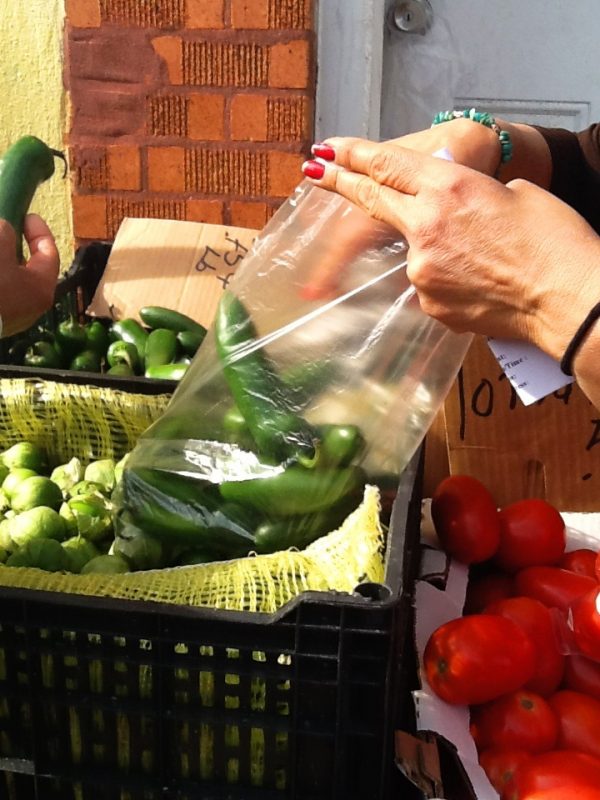 When Adam Jason Cohen, a freelance photographer, was looking at the images from his afterschool photojournalism class, he wasn’t surprised by the skill of his Orozco Elementary School students. Instead he was struck by their understanding of issues like violence. Cohen recalls, “I was just really surprised to find out how quickly the kids had to grow up.”
When Adam Jason Cohen, a freelance photographer, was looking at the images from his afterschool photojournalism class, he wasn’t surprised by the skill of his Orozco Elementary School students. Instead he was struck by their understanding of issues like violence. Cohen recalls, “I was just really surprised to find out how quickly the kids had to grow up.”
For years, The Resurrection Project (TRP) has partnered with organizations and individuals to provide quality afterschool programming to Orozco’s students. In the 2013-2014 school year, TRP worked with experts to offer over 15 types of classes, including Cohen’s photojournalism class. Over a 10-week period, students completed a photojournalism project focusing on health and safety in Pilsen. Students documented examples of these goals and challenges in Orozco’s neighborhood.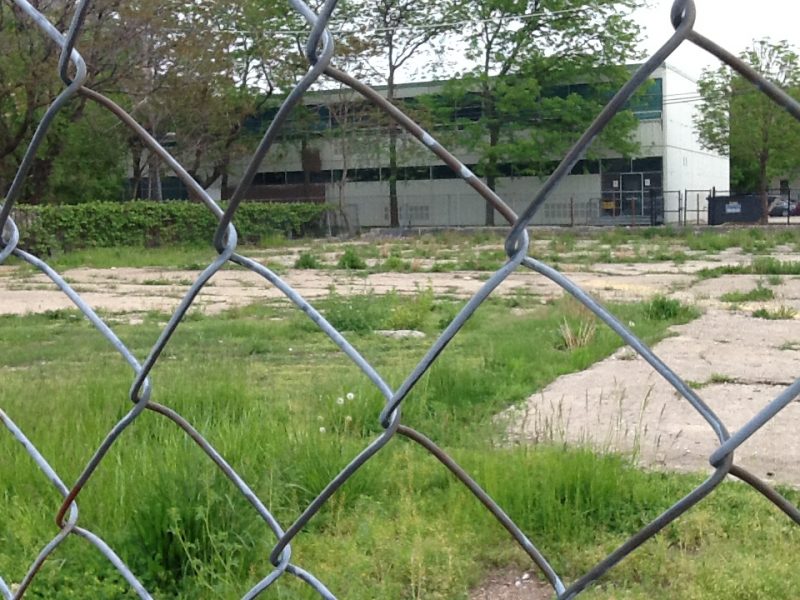 The idea for the project came when Cohen, who has documented conflict for his own work, realized this could be an excellent way for his students to document a topic they were familiar with. Many students are lifelong Pilsen residents who have been observing the neighborhood and its changes. Cohen envisioned the project as a way for his students to demonstrate “things they have to deal with when they’re walking back to their home from school.” Over the course of the program, Cohen and a parent chaperone took his class on field trips in Pilsen in search of stories to photograph.
The idea for the project came when Cohen, who has documented conflict for his own work, realized this could be an excellent way for his students to document a topic they were familiar with. Many students are lifelong Pilsen residents who have been observing the neighborhood and its changes. Cohen envisioned the project as a way for his students to demonstrate “things they have to deal with when they’re walking back to their home from school.” Over the course of the program, Cohen and a parent chaperone took his class on field trips in Pilsen in search of stories to photograph.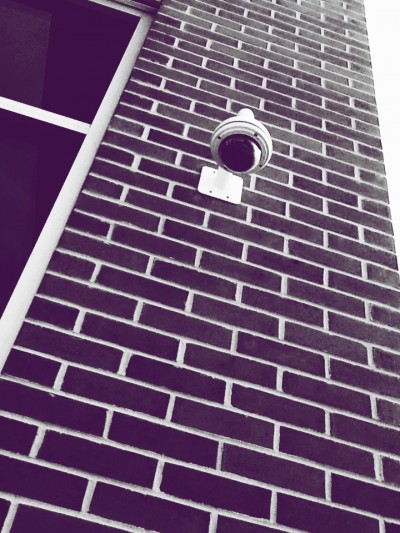 The students also learned inside the classroom by studying examples of famous photojournalism, and discussed why photojournalism is important. Cohen defines photojournalism as “visual reportage,” an image functioning as an article, to inform the consumer on a subject or issue. The instantaneous nature of photography is becoming even more relevant in our increasingly digital and fast-paced society where social media informs readers alongside print media. In the future, understanding how to create and shape images will be increasingly vital for creating and shaping stories.
The students also learned inside the classroom by studying examples of famous photojournalism, and discussed why photojournalism is important. Cohen defines photojournalism as “visual reportage,” an image functioning as an article, to inform the consumer on a subject or issue. The instantaneous nature of photography is becoming even more relevant in our increasingly digital and fast-paced society where social media informs readers alongside print media. In the future, understanding how to create and shape images will be increasingly vital for creating and shaping stories.
Orozco’s students will be well prepared for this shift, as they completed their project using entirely digital material. They photographed on the school’s iPads, and then used software to edit them. One photograph shows a sign banning guns, and juxtaposes the bright red and white of the signage against an almost completely black background. Another photograph shows a woman’s hand placing peppers into a bag that she purchased from a street vendor, making the peppers look more obtuse and obscured. Another photograph shows a security camera perched on a building. Due to the dark filter and angle, the camera looks disconcertingly like an eye. All of the images carry messages, compelling the viewer to feel something. As Cohen notes, “These are real issues that these kids live with.”
The students gained an understanding not just of why photojournalism is important, but also why journalism as a whole is important. Or, in the words of Cohen, “why showing people what’s going on in the world is good.” His end goal was to make his students aware. By expressing these perspectives, students can encourage others to be more conscious as well. “By making people look at something in a certain way,” Cohen says, “you make them think.”
By the end of the program, Cohen felt he had accomplished the overall goal. When he talked to his students about his own work, they were ready with answers as to why he did what he did. Not only were they equipped with knowledge on their neighborhoods, they were equipped with knowledge on a way to share it. This made for a powerful combination. “They understood what was going on in the world,” Cohen says.

